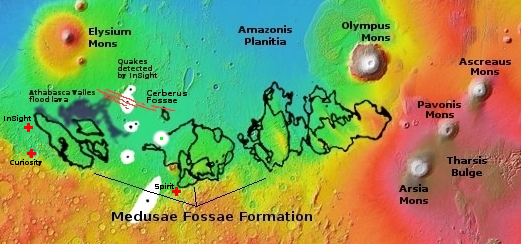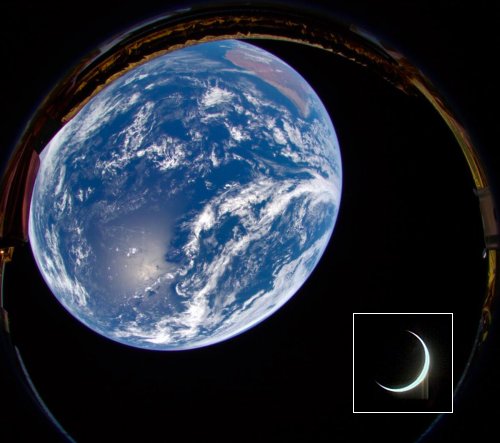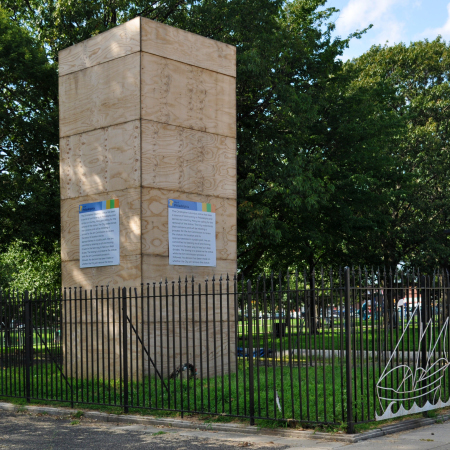Soyuz manned capsule docked to ISS is apparently leaking something
A spacewalk today was cancelled when it was suddenly noticed that some unknown substance was leaking from one of the Soyuz manned capsules docked to ISS.
During preparations for this evening’s planned spacewalk by Roscosmos cosmonauts Sergey Prokopyev and Dmitri Petelin, ground teams noticed significant leaking of an unknown substance from the aft portion of the Soyuz MS-22 spacecraft docked to the Rassvet module on the International Space Station. The spacewalk has been canceled, and ground teams in Moscow are evaluating the nature of the fluid and potential impacts to the integrity of the Soyuz spacecraft, which carried Prokopyev, Petelin, and NASA astronaut Frank Rubio into space after launching from the Baikonur Cosmodrome in Kazakhstan on Sept. 21.
The big question is whether this leak will impact the capsule’s function as a lifeboat or a return vehicle for the three astronauts it brought into space. If so, then an empty manned capsule needs to be launched, either by the Russians or SpaceX, though if the latter someone would have to pay the cost.
A spacewalk today was cancelled when it was suddenly noticed that some unknown substance was leaking from one of the Soyuz manned capsules docked to ISS.
During preparations for this evening’s planned spacewalk by Roscosmos cosmonauts Sergey Prokopyev and Dmitri Petelin, ground teams noticed significant leaking of an unknown substance from the aft portion of the Soyuz MS-22 spacecraft docked to the Rassvet module on the International Space Station. The spacewalk has been canceled, and ground teams in Moscow are evaluating the nature of the fluid and potential impacts to the integrity of the Soyuz spacecraft, which carried Prokopyev, Petelin, and NASA astronaut Frank Rubio into space after launching from the Baikonur Cosmodrome in Kazakhstan on Sept. 21.
The big question is whether this leak will impact the capsule’s function as a lifeboat or a return vehicle for the three astronauts it brought into space. If so, then an empty manned capsule needs to be launched, either by the Russians or SpaceX, though if the latter someone would have to pay the cost.














